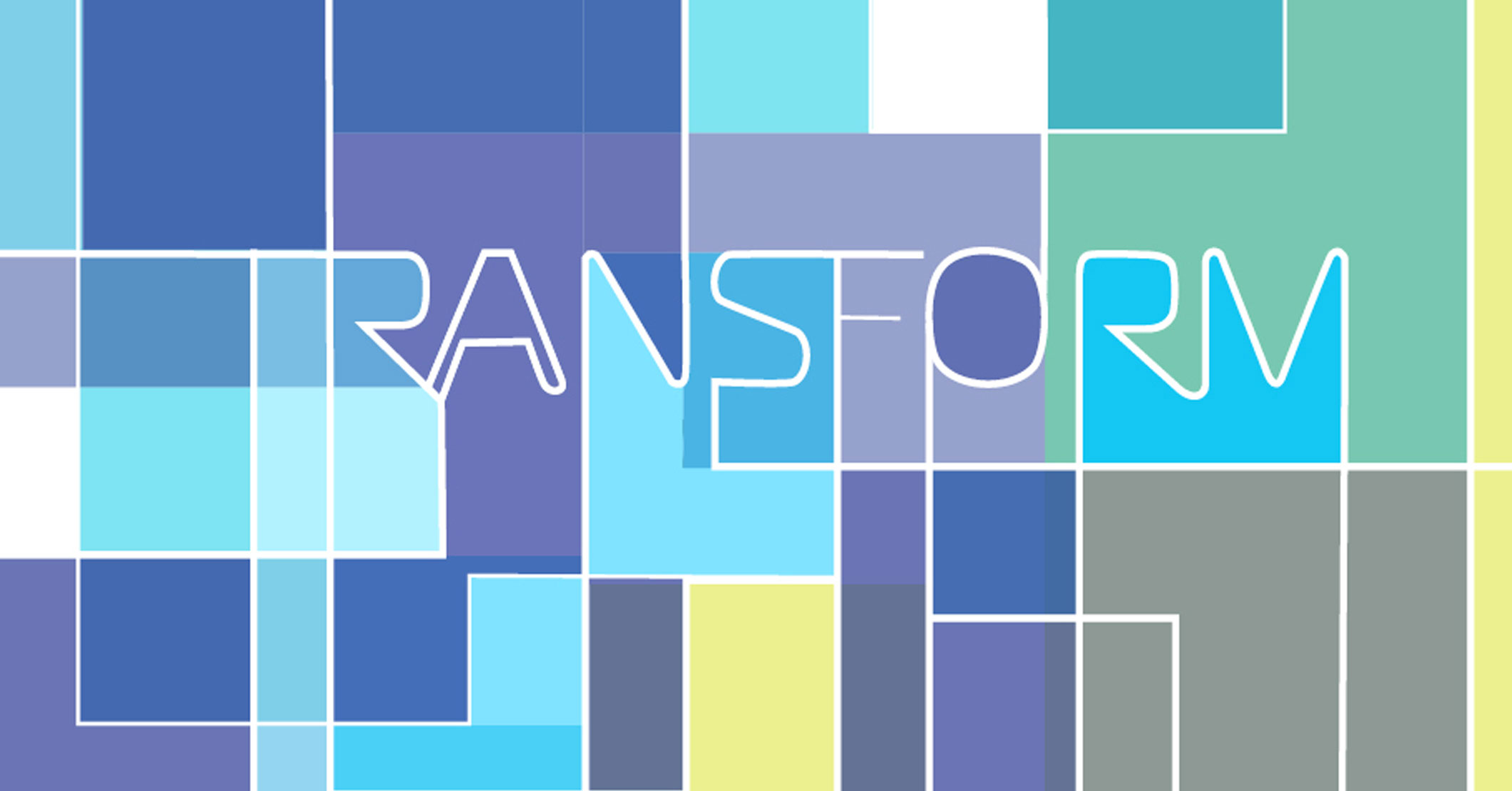People, Practices, and Patterns: Transforming into a Learning Institution
DOI:
https://doi.org/10.18060/21469Keywords:
organizations, systems change, spacial development, self-reflection, capacityAbstract
The Challenge: Organizational transformation takes time, energy, and patience. Intentional change was engaged by an academic-administrative unit, The Hub for Innovation in Learning and Technology (the Hub). The Hub aspires to help Michigan State University (MSU) “reinvent itself as a learning institution” by transforming ourselves so that we might transform others. The authors, all current employees of the Hub, provide an in-depth look into the challenges and triumphs of purposeful organizational change.
Potential Consequences: Without change, MSU would maintain existing gaps on measures of student success among different demographic groups. The key audience of these efforts are learners in the university while considering the surrounding system of faculty, staff, administrators, curriculum, assessment, and student engagement efforts.
Description/Analysis/Methods: The Hub catalyzes innovative ways to collaborate, learn, research, and impact learning. We design new opportunities that take advantage of skills and connections across the disciplines. The Hub adapted work practices that can sustain transformation. The Hub also built a physical space reflective of these strategies.
Rationale/Reflection/Replication: Initial practices resulted in a series of careful, bold learning pathways focused on new capacity and professional development for stakeholders. We extrapolated experiences, practices, and findings for other transforming university, business, and organizational contexts.
References
Aronson, D. (1996). Overview of systems thinking. Retrieved from http://resources21.org/cl/files/project264_5674/OverviewSTarticle.pdf
Argyris, C. & Schön, D.A. (1996). Organizational learning II. Reading, MA: Addison-Wesley.
Beck, K., Beedle, M., van Bennekum, A., Cockburn, A., Cunningham, W., Fowler, M.,...Sutherland, J. (2001). The Agile Manifesto. Retrieved from https://www.agilealliance.org/agile101/the-agile-manifesto/
Bolman, L. G., & Deal, T. E. (2013). Reframing organizations: Artistry, choice, and leadership (5th ed.). San Francisco, CA: Jossey-Bass.
Bresciani, M. J., Todd, D. K., Carpenter, S., Janosik, S., Komives, S., Love, P., & Tyrell, S. (2010). ACPA/NASPA professional competency areas for student affairs practitioners. Washington, DC: American College Personnel Association, National Association of Student Personnel Administrators.
Brown, T. (2008). Design Thinking. Harvard Business Review, June(1) Retrieved from https://hbr.org/2008/06/design-thinking
Cranton, P., & Carusetta, E. (2004). Perspectives on Authenticity in Teaching. Adult Education Quarterly, 55(1), 5–22. http://doi.org/10.1177/0741713604268894
Fulmer, R. M. & Keys, J. B. (1998). A Conversation with Peter Senge: New Developments in Organizational Learning. Organizational Dynamics, 27(2), 33-42.
Graves Wolf, L. (2016, August 18). Eight Lessons (We Learned Yesterday) for Running a Design Thinking Workshop [Blog post]. Retrieved from http://hub.msu.edu/eight-lessons-we-learned-yesterday-for-running-a-design-thinking-workshop/
Highsmith, J. (2009). Agile project management: creating innovative products. Boston, MA: Pearson Education, Inc.
Holland, J. H., Holyoak, K. J., Nisbett, R.E., & Thagard, P. R. (1986). Induction: Processes of inference, learning, and discovery. Cambridge, MA: MIT Press.
Jones, S., Lefoe, G., Harvey, M., & Ryland, K. (2012). Distributed leadership: a collaborative framework for academics, executives and professionals in higher education. Journal of Higher Education Policy and Management, 34 (1), 67-78.
Kreber, C. (2004). An analysis of two models of reflection and their implications for educational development. International Journal for Academic Development, 9 (1), 29-49. http://doi.org/10.1080/1360144042000296044
Kuhn, T. (1962). The Structure of Scientific Revolutions. Chicago, IL: The University of Chicago Press.
Liimatainen, L., Poskiparta, M., Karhila, P., & Sjögren, A. (2001). The development of reflective learning in the context of health counselling and health promotion during nurse education. Journal of Advanced Nursing, 34(5), 648-658. http://doi.org/10.1046/j.1365-2648.2001.01794.x
Mezirow, J. (1997). Transformative learning: Theory to practice. New Directions for Adult and Continuing Education, 1997(74), 5–12. http://doi.org/10.1002/ace.7401
Rands, M., & Gansemer-Topf, A. M. (2016). Phenomenography: A methodological approach for assessment in student affairs. Journal of Student Affairs Inquiry, 1(2), 1-22.
Senge, P. M. (1996). Leading learning organizations. Training & Development, 50(12), 36-37.
Senge, P. M. (2006). The fifth discipline: The art and practice of the learning organization. New York, NY: Currency: Doubleday.
Sheridan, R. (2013). Joy, Inc.: How we built a workplace people love. New York, New York: Penguin Group.
Taylor, E. W. (1997). Building Upon the Theoretical Debate: A Critical Review of the Empirical Studies of Mezirow’s Transformative Learning Theory. Adult Education Quarterly, (48)1, 34-59. http://doi.org/10.1177/074171369704800104
Turnali, K. (2013, April 16). What is design thinking? [Blog post]. Retrieved from http://www.digitalistmag.com/innovation/2013/04/16/what-is-design-thinking-030869



